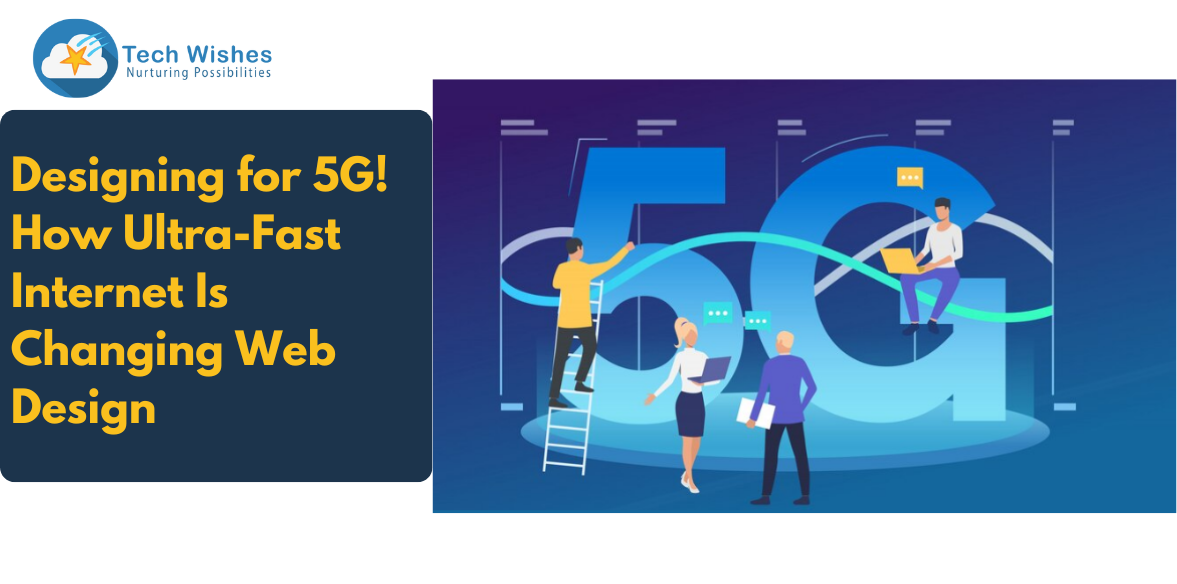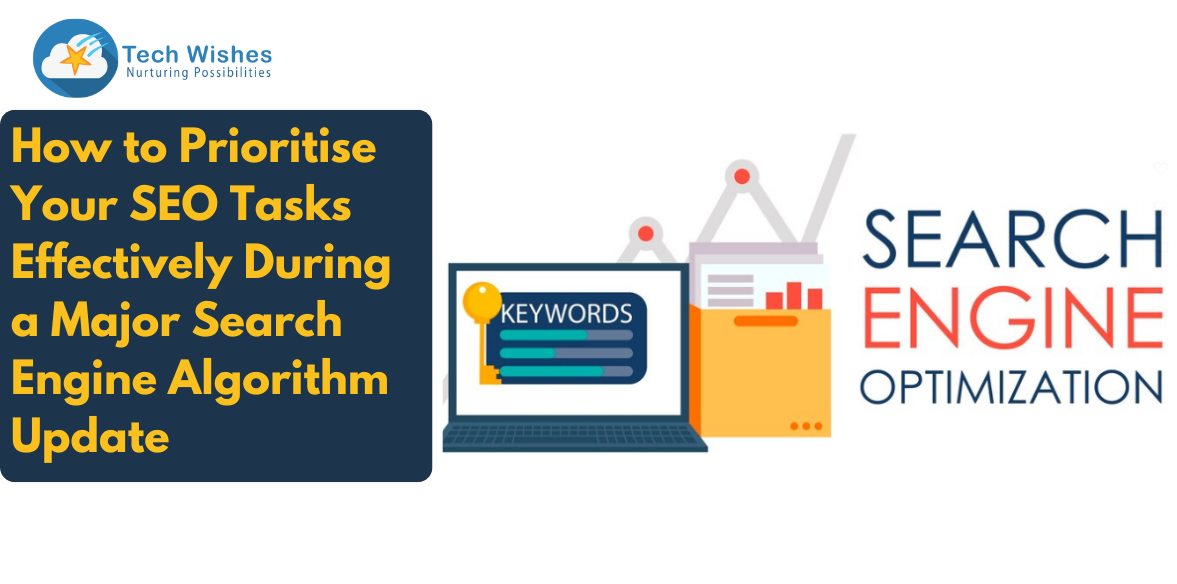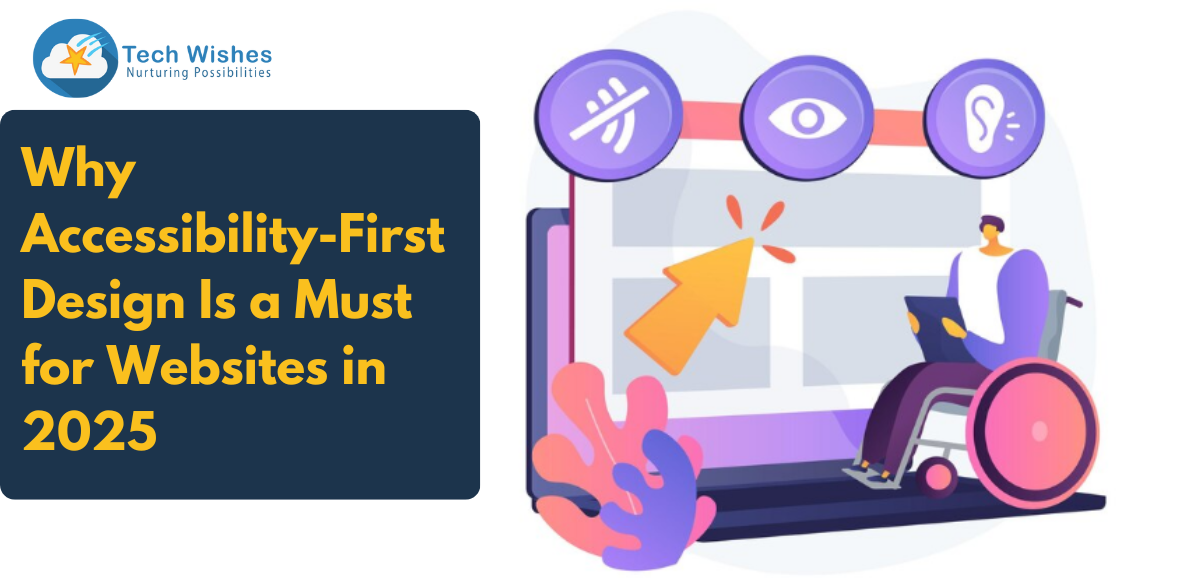Exclusive UI/UX design, where technology and creativity converge, a new powerhouse has emerged to revolutionize this world – Artificial Intelligence (AI). With its ability to learn, adapt, and predict user behaviour, AI is reshaping the landscape of web design, ushering in a new era of personalized and immersive user experiences. In this blog, let’s explore the role of AI in UI/UX design and uncover the awe-inspiring ways it is transforming the design process and elevating user engagement.
Embracing the User-Centric Design Approach
AI empowers web designers to craft user experiences that are more intuitive and user-centric than ever before. By analyzing user data and behaviour, AI can anticipate user preferences, needs, and pain points, allowing web designers to tailor interfaces and interactions to individual users. The result is a personalized experience that fosters deeper connections between users and digital products.
Aiding in Data-Driven Decision-Making
With the vast amount of data generated every second, AI becomes an invaluable ally in making data-driven web design decisions. By crunching numbers and processing user insights, AI enables web designers to identify patterns and trends, informing the creation of intuitive layouts, navigation structures, and content placement.
Streamlining the Web Design Processes
AI-driven web design tools simplify and expedite design processes, saving precious time for web designers to focus on creativity and ideation. AI-powered tools can generate layout suggestions, colour palettes, and even entire design mock-ups based on user specifications, giving designers a head start and fueling their imagination.
Enhancing Natural Language Interfaces
Natural Language Processing (NLP), a subset of AI, has enabled the rise of voice-activated virtual assistants and chatbots. These intuitive interfaces enhance user interactions, making tasks as simple as speaking or typing natural language queries. As NLP continues to evolve, so will the seamlessness and effectiveness of these interfaces.
Augmenting User Testing and Feedback
AI-driven tools facilitate real-time user testing and feedback collection, providing valuable insights into user behaviour and preferences. By analyzing user interactions, AI helps web designers identify pain points and areas for improvement, ensuring that the final design meets user expectations.
Personalization at Scale
In the age of mass customization, AI empowers web designers to create personalized experiences at scale. By analyzing user data, AI can dynamically adapt design elements, content, and recommendations to suit each user's preferences, making every interaction feel unique and relevant.
Predictive User Experience
AI's predictive capabilities enable designers to anticipate user actions and offer proactive solutions. By analyzing historical data and user behaviour, AI can foresee user needs and present relevant options, enriching the user experience and saving users time and effort.
Emotionally Intelligent Design
AI's emotional intelligence is paving the way for emotionally intelligent design. Through sentiment analysis and facial recognition, AI can gauge user emotions, allowing designers to create interfaces that respond to users' emotional states, fostering deeper connections and empathy.
Assisting Accessibility and Inclusivity
AI is instrumental in creating more inclusive design solutions by assisting with accessibility features. AI can automatically generate alt-text for images, provide text-to-speech capabilities, and optimize designs for users with disabilities, ensuring digital products are accessible to all.
Continuous Learning and Improvement
One of AI's most remarkable traits is its ability to learn and evolve. AI algorithms can continuously gather and analyze data, adapting designs to changing user behaviours and preferences over time. This iterative process ensures that UI/UX designs stay relevant and delightful in the face of evolving user expectations.
Hire web designers to get the best UI/UX experience…
Conclusion
As AI reshapes the landscape of UI/UX design, web designers find themselves at the forefront of an exciting digital revolution. By harnessing the power of AI, designers create experiences that transcend the boundaries of convention, becoming more personalized, intuitive, and emotionally resonant than ever before. AI's transformative influence extends across the design process, from data-driven decision-making to predictive user experiences and emotionally intelligent interfaces.
So, let us embrace the symbiotic relationship between human creativity and AI's analytical prowess. Together, they elevate UI/UX design to unprecedented heights, unlocking the potential to craft immersive experiences that captivate users, foster loyalty, and drive success in the ever-evolving digital world. As AI continues to evolve, so will the art of design, pushing the boundaries of what is possible and transforming the future of user experience as we know it.



